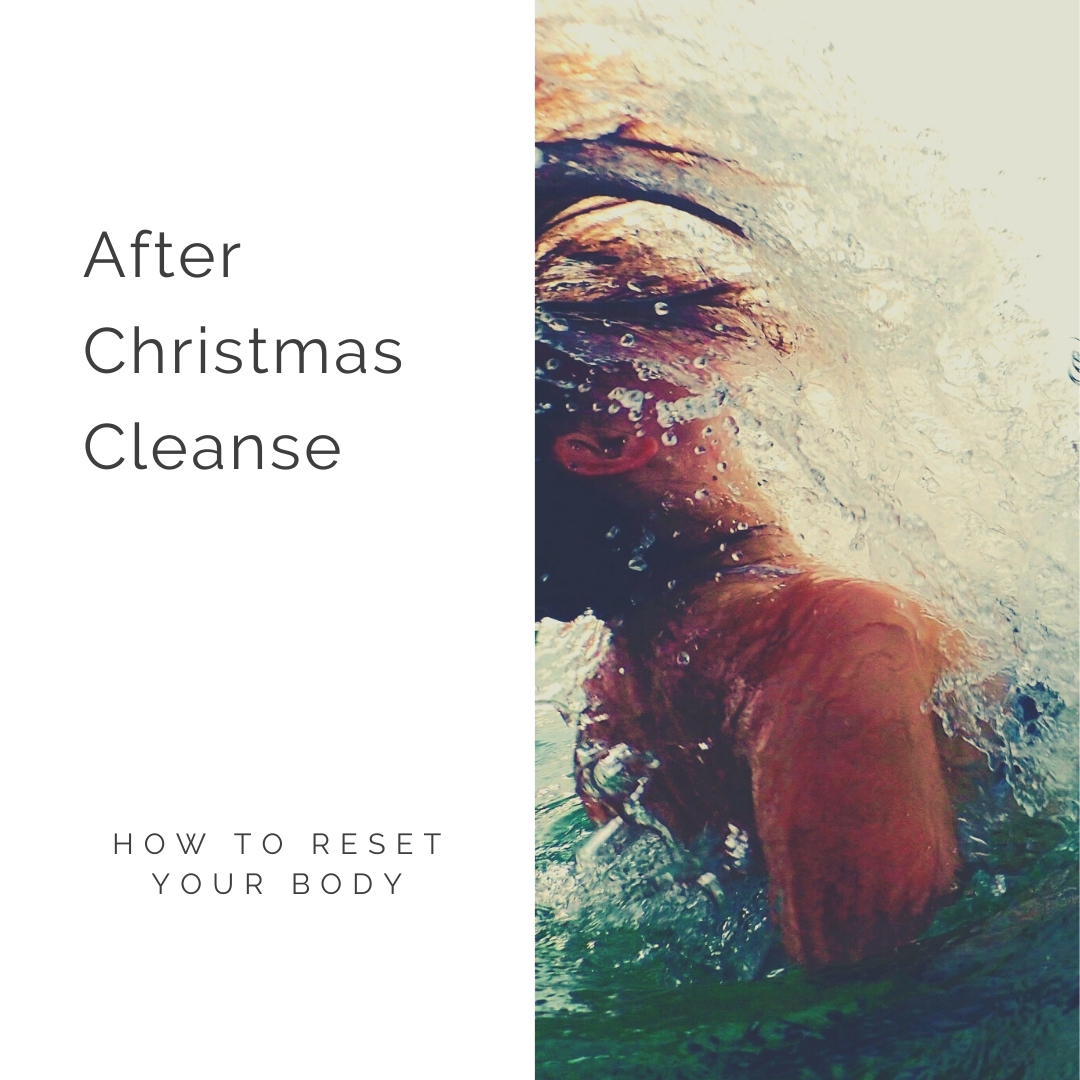Ever wish you could snap your fingers and make all the stress of your day disappear? There are several ways to relieve stress but in the heat of the moment, sometimes you need something quick and effective to help combat through those intense stress- induced moments. As easy as it sounds, simply breathing can offer an extremely convenient and effective way to relieve stress.
In order to relieve stress, we need to activate the body’s natural relaxation response. When stress overwhelms our nervous system, our body is flooded with chemicals that prepare us for the “fight or flight response”. This response can be lifesaving in an emergency situation, however when this response is constantly provoked by everyday life, it can take a serious toll on your mental and physical health.
We can’t avoid all sources of stress in our lives, but luckily we can develop healthier ways of responding to them. There are many ways to invoke the relaxation response. including breathing, meditation, yoga, and progressive muscle relaxation.
Here are some really simple and effective ways to help breathe your stress away.
Deep Breathing– This is a powerful technique that you can practice anywhere. It is also known as abdominal breathing and is the cornerstone to most relaxation techniques. Abdominal breathing stimulates the vagus nerve, which runs from your head down the neck, through the chest and to the colon. This activates your relaxation response, which reduces your heart rate and blood pressure thus lowering your stress levels. (Source: Harvard Men’s Health Watch, May 2019)
How to do it:
1.) Sit in a comfortable position and close your eyes.
Instead of breathing from your chest, focus on breathing from your belly. Put one hand on your chest and the other on your stomach. Breathe deeply in through your nose, the hand on your stomach should rise while the hand on your chest should move very little.
2.)Exhale through your mouth, pushing out as much air as you can while contracting your abdominal muscles. Again, the hand on your belly should rise while the hand on your chest should move very little.
3.)Take long slow deep breaths in through your nose and out through you mouth while counting as you exhale. The goal is to take 6 to 10 deep, slow breaths per minute for 10 minutes each day.
Visualisation (Guided Imagery) Deep Breathing- This is a traditional meditation that involves imagining a scene in which you feel most at peace.
How to do it:
1.)Close your eyes and imagine yourself in a place in which you feel calm and relaxed. Try to picture it as vividly as you can and notice all of the things you see, smell, hear, taste and feel.
2.)Take slow regular breaths in through your nose and through your mouth while visualising yourself calm and relaxed in a place you are happiest.
Progressive Relaxation: A technique that eliminates tension throughout your body.
How to do it:
1.)Close your eyes and focus on tensing each muscle group for five to 10 seconds then release upon your exhale.
2.)Start with the feet and toes, then move up to the knees & thighs, glutes, abs, chest, arms, hands, neck, jaw, and eyes—all while maintaining deep, slow breaths.
3.)Breathe in through the nose, hold for a count of five while the muscles tense, then breathe out through the mouth on release.
*Note: Dizziness is never the goal. If holding the breath ever feels uncomfortable, slow it down to just










